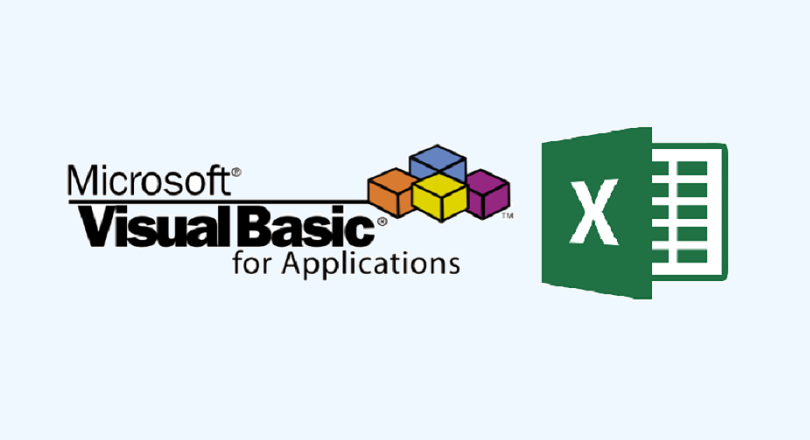
Free eBooks for Beginners
Object-Oriented VBA (Visual Basic for Applications) is a programming approach that allows developers to write code using objects, properties, and methods. It is a way of organizing and structuring code that makes it more organized, reusable, and easier to maintain.
In traditional VBA programming, developers write procedures or functions that perform specific tasks. While this approach is useful, it can become difficult to manage as the code base grows larger and more complex. With Object-Oriented VBA, developers can create objects that represent real-world objects or concepts and define properties and methods that describe the behavior and characteristics of those objects.
For example, imagine that you have a spreadsheet with a list of customers. In traditional VBA, you might write procedures to perform tasks such as adding a new customer, deleting a customer, or finding a specific customer. With Object-Oriented VBA, you could create a “Customer” object that represents a customer, with properties such as “FirstName”, “LastName”, and “Address”, and methods such as “Add”, “Delete”, and “Find”. This makes it easier to understand the relationships between the different elements of the code and makes it easier to maintain and extend the code over time.
Another advantage of Object-Oriented VBA is that it allows developers to create reusable code. Instead of having to write the same code multiple times, you can create a single object that can be used in multiple places. This makes the code easier to maintain and reduces the risk of bugs or errors.
In conclusion, Object-Oriented VBA is a useful approach for VBA developers to structure and organize their code. It allows for the creation of objects that represent real-world concepts and behavior, making the code more organized, reusable, and easier to maintain. By using Object-Oriented VBA, VBA developers can write cleaner, more maintainable code, and save time in the long run.
VBA for Beginners – Chapter 31 : Object-Oriented VBA
 Loading...
Loading...
Disclaimer: The information and code presented within this recipe/tutorial is only for educational and coaching purposes for beginners and developers. Anyone can practice and apply the recipe/tutorial presented here, but the reader is taking full responsibility for his/her actions. The author (content curator) of this recipe (code / program) has made every effort to ensure the accuracy of the information was correct at time of publication. The author (content curator) does not assume and hereby disclaims any liability to any party for any loss, damage, or disruption caused by errors or omissions, whether such errors or omissions result from accident, negligence, or any other cause. The information presented here could also be found in public knowledge domains.